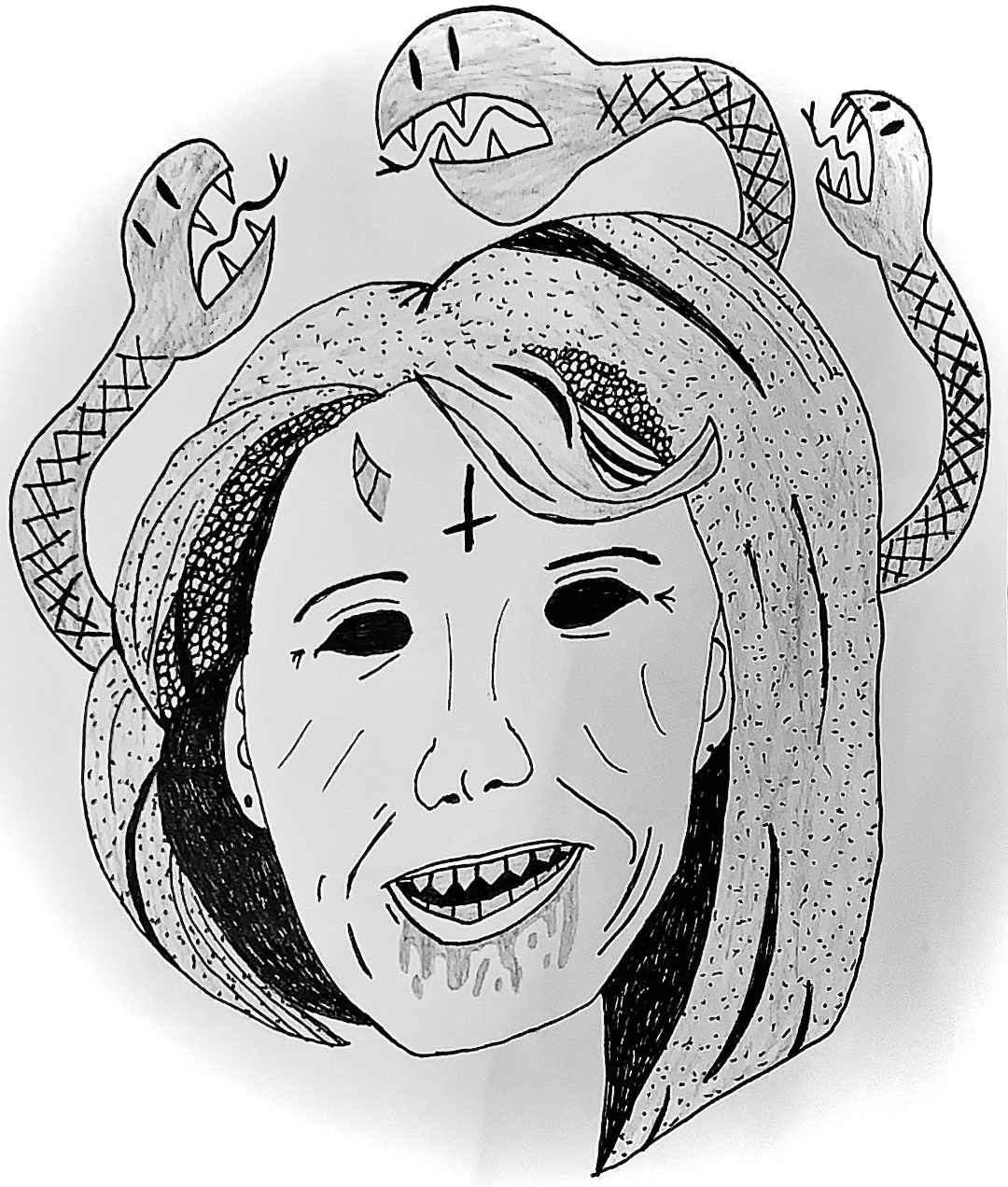The Legacy of Betsy DeVos
Betsy DeVos entered the department of education in 2017 under immediate scrutiny. DeVos has been a proponent of school vouchers, which subsize parents choosing to send their kids to private or charter schools, a measure she helped finance in her home state of Michigan. She was widely seen as an opponent of public education with many liberal politicians such as Bernie Sanders and Elizabeth Warren calling DeVos the “worst Secretary of Education” ever. This reputation wasn’t helped by her confirmation hearings which featured odd quotes such as DeVos claiming schools could have shotguns on hand to handle potential grizzly bear attacks. But since this time, DeVos has been lampooned not only for what she has done, but also, what she hasn’t in that position. So let’s take a look at DeVos’s time in office, what if any changes need to be made, and if it’s lived up to the hype or the fear.
One of the most prominent changes was DeVos’ altering of how Title IX was enforced on college campuses. Many of the changes were derided by liberal groups, among them the right of the accused to have the accuser cross-examined by legal counsel. This was attacked as potentially causing victims to be less willing to come forward. To be fair, not all the changes made were that bad. The department announced that schools can choose the standard of evidence to either be “preponderance of evidence” the lowest standard or “clear and convincing evidence” which wasn’t available previously. Though many would be inclined to support the victim’s word, one should be careful not to remove due process from the system.
Some even more controversial changes were regulations regarding for-profit colleges, not unlike the one ran by the president before his election. One of these regulatory changes was a tightening on those who could receive loan forgiveness. The Trump administration also announced that 500 million dollars would be taken away from programs meant to forgive the loans of defrauded students. The Department inflicted deadlines requiring students to apply within a certain amount of time. One rule which has been removed: the Gainful Employment Rule. This piece regulation required for-profit colleges to publish debt-to-earnings ratios of former students. If the schools weren’t up to the federal government’s standards, they could lose their funding. Over 800 programs failed to meet these standards.
Loan forgiveness, in general, has been a controversy in DeVos’s time. The federal government had spent time creating programs to relieve the massive student debt mounted on today’s college students. One program, the Public Loan Forgiveness Program (PSLF) allowed students to receive debt relief after ten years of public service. This was augmented by the Temporary Expanded Public Service Loan Forgiveness (TEPSLF) program.
Congress had explicitly informed the Department of Education that they shouldn’t make the application process confusing and allocated 700 million dollars to the program.
Unfortunately, the department failed to keep it simple as Congress had asked. Of the 54,000 applications which have been submitted to the Department of Education for TEPSLF, a staggering 99% have been rejected. This has largely been blamed on the fact that the department required applicants to apply for both the TEPSLF AND the PSLF. This meant students were expected to apply for a program they weren’t eligible for. This has resulted in only 27 million of the 700 million dollars to be used by the DeVos’s Department of Education to forgive the loans of students who spent time in public service with the expectation that their work would pay off with a just compensation from the federal government.
This isn’t even the worst of it. DeVos has been sued multiple times over the department’s massive backlog of student loan forgiveness applications. In June of 2019, there was a backlog of over 150,000 applications. The department must tighten its ship on these issues. Student debt has become a massive problem for many Americans. 44 million borrowers in the United States today owe 1.5 trillion dollars in student loan debt. This will ripple throughout the American economy as students and former students become very wary to participate in the economy. It is an issue which must be confronted by the Department of Education and its secretary.
George Christopher is a first-year journalism major making the most of his student loan debt. They can be reached at gchristopher@ithaca.edu.

